What differs in 2nd arrest attempt?
입력 2025.01.15 (23:35)
읽어주기 기능은 크롬기반의
브라우저에서만 사용하실 수 있습니다.
[Anchor]
Today (1.15), analyses suggest that the second execution of the arrest warrant was carried out more quickly than expected.
What were the differences compared to the first execution, which was aborted after about five hours?
Next, reporter Choi Min-young will take a closer look.
[Report]
More than 1,100 investigators were deployed for the second execution of the arrest warrant against President Yoon Suk Yeol.
This is more than seven times the number of about 150 that were involved in the first execution.
It is known that the maximum number of personnel that the Presidential Security Service can mobilize is around 700, and a strategy called 'human wave tactics' was employed to pressure them.
Additionally, it was not just an increase in numbers; elite investigative personnel were also deployed.
This included about 570 detectives from the CIO, along with 450 personnel from the National Police Agency and the Metropolitan Police Agency's security investigation unit, and over 100 from the Incheon Police Agency's anti-corruption investigation unit and criminal mobile unit.
In preparation for the second warrant execution, police commanders were summoned for several meetings, indicating thorough preparation.
The mobile units responsible for managing the area around the residence were also increased to 3,200 personnel from 54 units, which is 500 more than on January 3rd.
A strategy to distract the attention of the Security Service was also employed.
Some investigators infiltrated the residence through the hiking trail at Mt. Maebong in Hannam-dong instead of the main entrance, diverting the attention of the Security Service.
A psychological warfare tactic was also used against the Security Service.
The police special investigation team detected signs of unrest within the Security Service, except hardliners, while investigating former Security Service chief Park Jong-joon and others.
They repeatedly conveyed the message, "If you obstruct the execution of the warrant, you will be arrested as an active offender, but cooperating staff will be treated leniently," which exploited the cracks within the Security Service.
This psychological warfare seemed to have worked, as during the first execution, Security Service staff formed a human chain to block it, but this time, there were almost no resisting Security Service personnel.
This is KBS News, Choi Min-young.
Today (1.15), analyses suggest that the second execution of the arrest warrant was carried out more quickly than expected.
What were the differences compared to the first execution, which was aborted after about five hours?
Next, reporter Choi Min-young will take a closer look.
[Report]
More than 1,100 investigators were deployed for the second execution of the arrest warrant against President Yoon Suk Yeol.
This is more than seven times the number of about 150 that were involved in the first execution.
It is known that the maximum number of personnel that the Presidential Security Service can mobilize is around 700, and a strategy called 'human wave tactics' was employed to pressure them.
Additionally, it was not just an increase in numbers; elite investigative personnel were also deployed.
This included about 570 detectives from the CIO, along with 450 personnel from the National Police Agency and the Metropolitan Police Agency's security investigation unit, and over 100 from the Incheon Police Agency's anti-corruption investigation unit and criminal mobile unit.
In preparation for the second warrant execution, police commanders were summoned for several meetings, indicating thorough preparation.
The mobile units responsible for managing the area around the residence were also increased to 3,200 personnel from 54 units, which is 500 more than on January 3rd.
A strategy to distract the attention of the Security Service was also employed.
Some investigators infiltrated the residence through the hiking trail at Mt. Maebong in Hannam-dong instead of the main entrance, diverting the attention of the Security Service.
A psychological warfare tactic was also used against the Security Service.
The police special investigation team detected signs of unrest within the Security Service, except hardliners, while investigating former Security Service chief Park Jong-joon and others.
They repeatedly conveyed the message, "If you obstruct the execution of the warrant, you will be arrested as an active offender, but cooperating staff will be treated leniently," which exploited the cracks within the Security Service.
This psychological warfare seemed to have worked, as during the first execution, Security Service staff formed a human chain to block it, but this time, there were almost no resisting Security Service personnel.
This is KBS News, Choi Min-young.
■ 제보하기
▷ 카카오톡 : 'KBS제보' 검색, 채널 추가
▷ 전화 : 02-781-1234, 4444
▷ 이메일 : kbs1234@kbs.co.kr
▷ 유튜브, 네이버, 카카오에서도 KBS뉴스를 구독해주세요!
- What differs in 2nd arrest attempt?
-
- 입력 2025-01-15 23:35:46
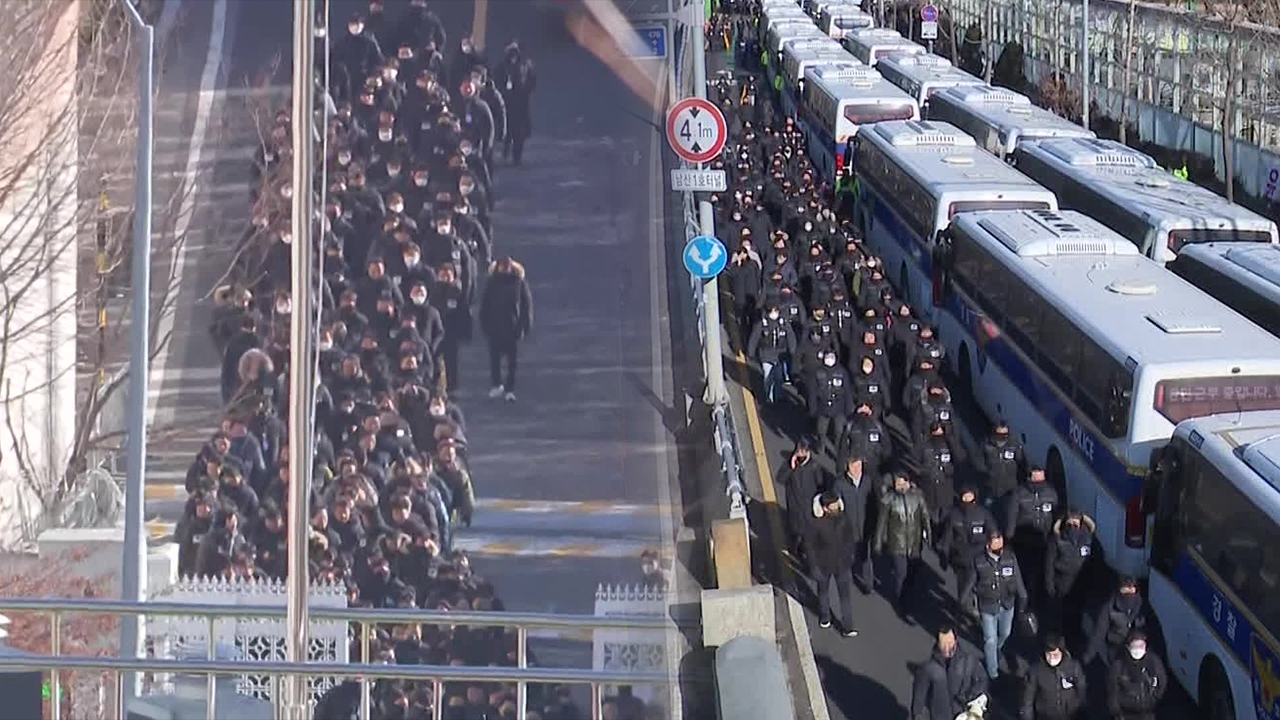
[Anchor]
Today (1.15), analyses suggest that the second execution of the arrest warrant was carried out more quickly than expected.
What were the differences compared to the first execution, which was aborted after about five hours?
Next, reporter Choi Min-young will take a closer look.
[Report]
More than 1,100 investigators were deployed for the second execution of the arrest warrant against President Yoon Suk Yeol.
This is more than seven times the number of about 150 that were involved in the first execution.
It is known that the maximum number of personnel that the Presidential Security Service can mobilize is around 700, and a strategy called 'human wave tactics' was employed to pressure them.
Additionally, it was not just an increase in numbers; elite investigative personnel were also deployed.
This included about 570 detectives from the CIO, along with 450 personnel from the National Police Agency and the Metropolitan Police Agency's security investigation unit, and over 100 from the Incheon Police Agency's anti-corruption investigation unit and criminal mobile unit.
In preparation for the second warrant execution, police commanders were summoned for several meetings, indicating thorough preparation.
The mobile units responsible for managing the area around the residence were also increased to 3,200 personnel from 54 units, which is 500 more than on January 3rd.
A strategy to distract the attention of the Security Service was also employed.
Some investigators infiltrated the residence through the hiking trail at Mt. Maebong in Hannam-dong instead of the main entrance, diverting the attention of the Security Service.
A psychological warfare tactic was also used against the Security Service.
The police special investigation team detected signs of unrest within the Security Service, except hardliners, while investigating former Security Service chief Park Jong-joon and others.
They repeatedly conveyed the message, "If you obstruct the execution of the warrant, you will be arrested as an active offender, but cooperating staff will be treated leniently," which exploited the cracks within the Security Service.
This psychological warfare seemed to have worked, as during the first execution, Security Service staff formed a human chain to block it, but this time, there were almost no resisting Security Service personnel.
This is KBS News, Choi Min-young.
Today (1.15), analyses suggest that the second execution of the arrest warrant was carried out more quickly than expected.
What were the differences compared to the first execution, which was aborted after about five hours?
Next, reporter Choi Min-young will take a closer look.
[Report]
More than 1,100 investigators were deployed for the second execution of the arrest warrant against President Yoon Suk Yeol.
This is more than seven times the number of about 150 that were involved in the first execution.
It is known that the maximum number of personnel that the Presidential Security Service can mobilize is around 700, and a strategy called 'human wave tactics' was employed to pressure them.
Additionally, it was not just an increase in numbers; elite investigative personnel were also deployed.
This included about 570 detectives from the CIO, along with 450 personnel from the National Police Agency and the Metropolitan Police Agency's security investigation unit, and over 100 from the Incheon Police Agency's anti-corruption investigation unit and criminal mobile unit.
In preparation for the second warrant execution, police commanders were summoned for several meetings, indicating thorough preparation.
The mobile units responsible for managing the area around the residence were also increased to 3,200 personnel from 54 units, which is 500 more than on January 3rd.
A strategy to distract the attention of the Security Service was also employed.
Some investigators infiltrated the residence through the hiking trail at Mt. Maebong in Hannam-dong instead of the main entrance, diverting the attention of the Security Service.
A psychological warfare tactic was also used against the Security Service.
The police special investigation team detected signs of unrest within the Security Service, except hardliners, while investigating former Security Service chief Park Jong-joon and others.
They repeatedly conveyed the message, "If you obstruct the execution of the warrant, you will be arrested as an active offender, but cooperating staff will be treated leniently," which exploited the cracks within the Security Service.
This psychological warfare seemed to have worked, as during the first execution, Security Service staff formed a human chain to block it, but this time, there were almost no resisting Security Service personnel.
This is KBS News, Choi Min-young.
-
-

최민영 기자 mymy@kbs.co.kr
최민영 기자의 기사 모음
-
이 기사가 좋으셨다면
-
좋아요
0
-
응원해요
0
-
후속 원해요
0










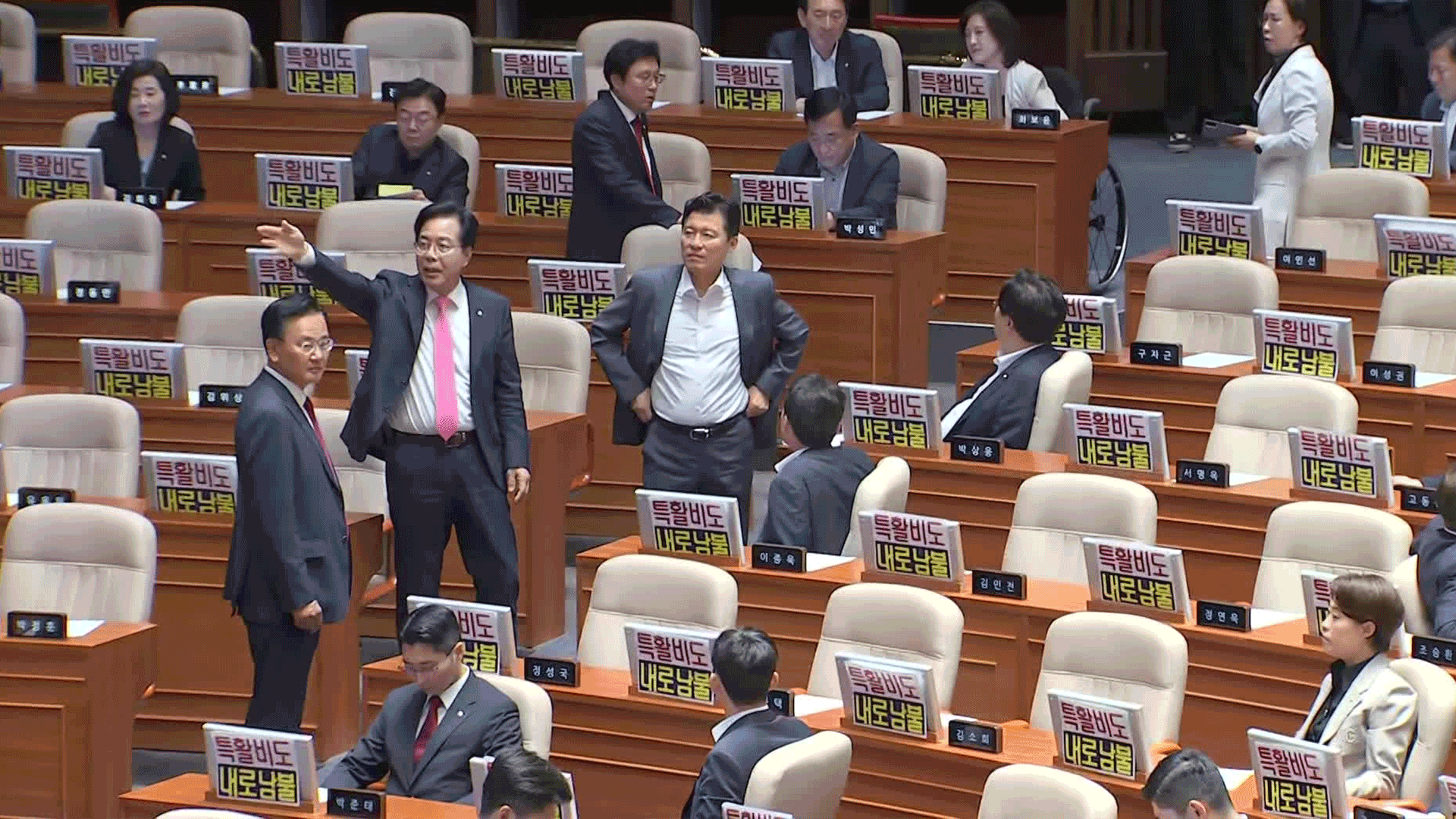
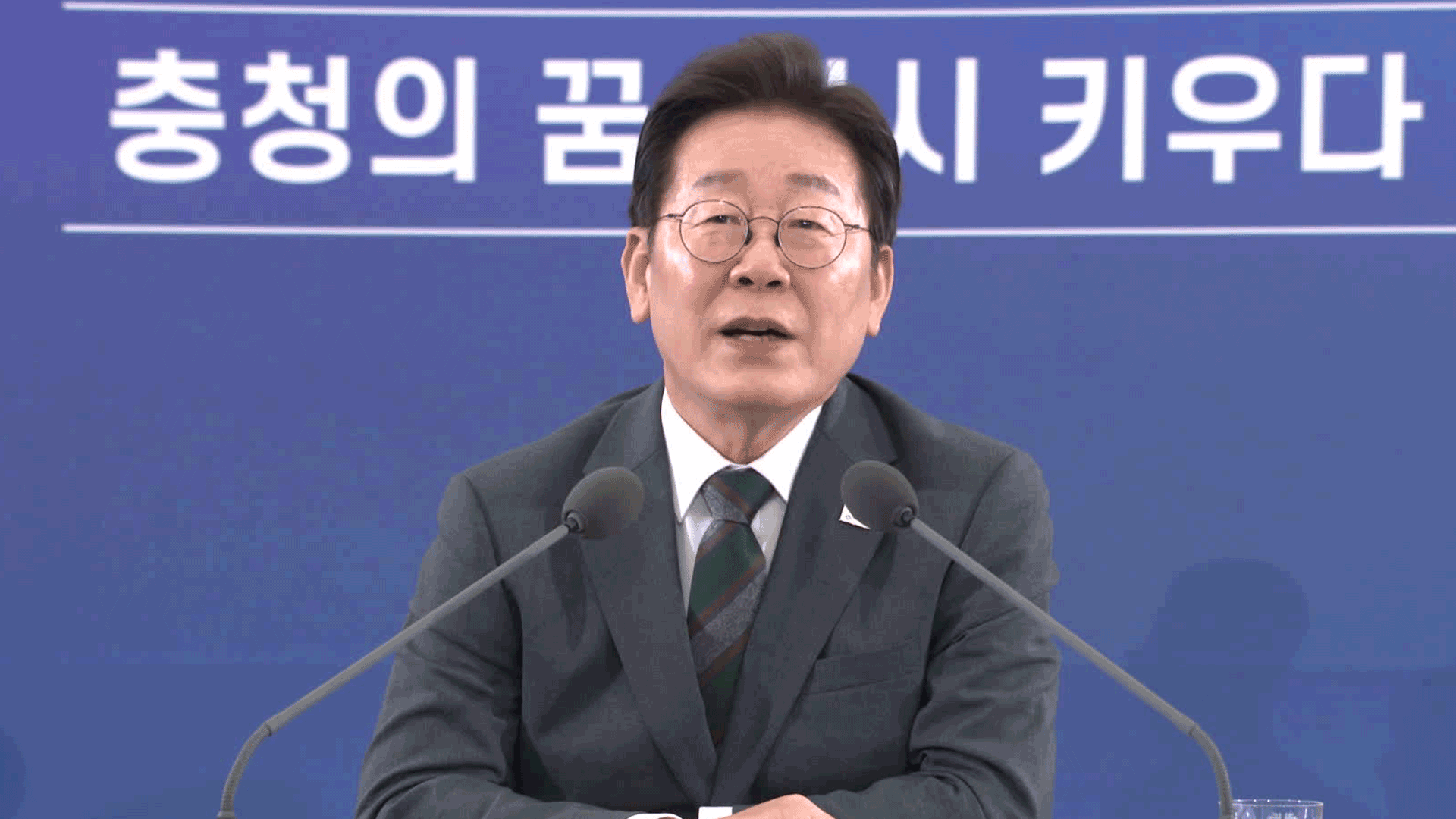
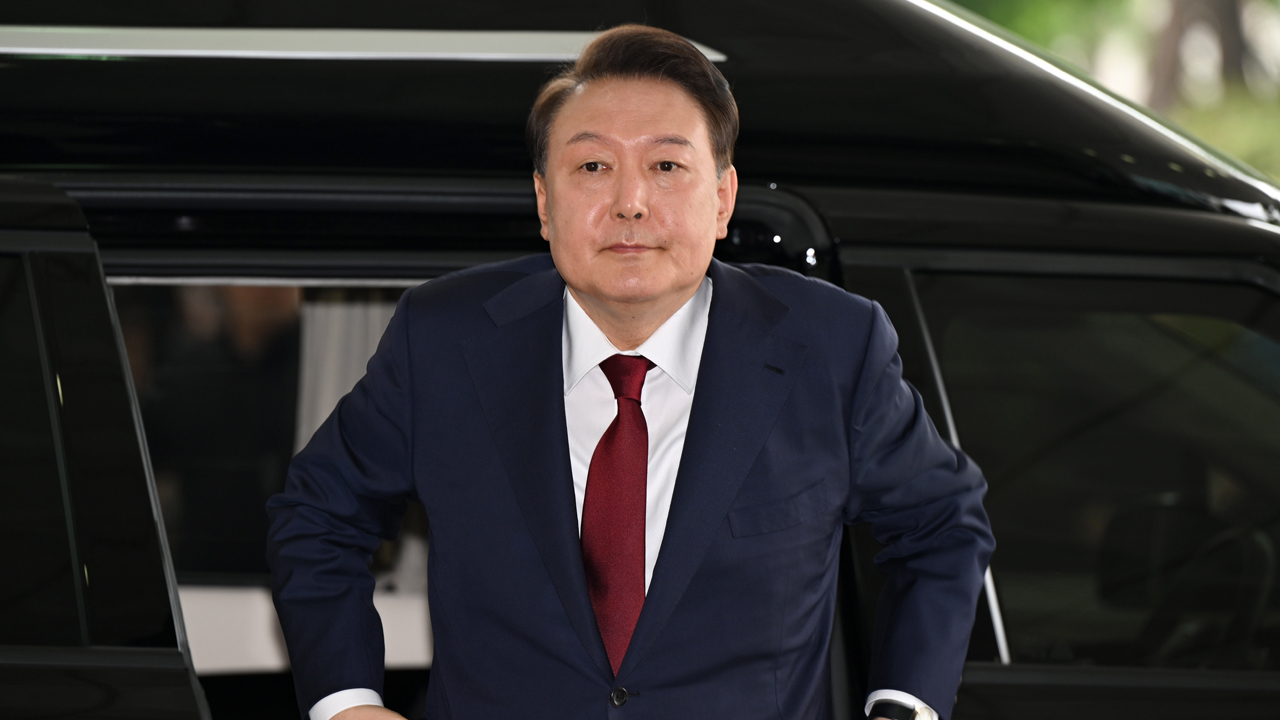
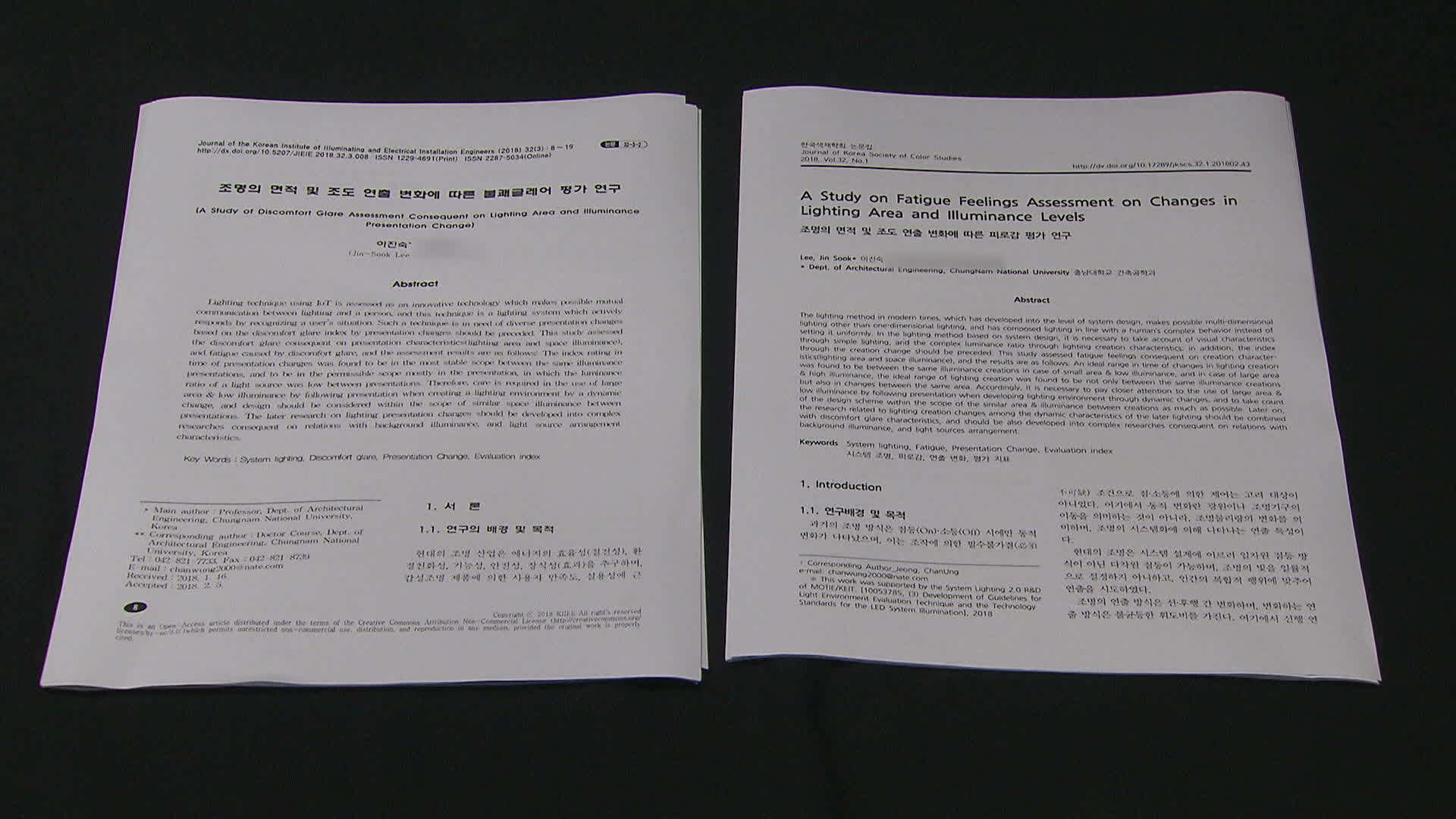

이 기사에 대한 의견을 남겨주세요.